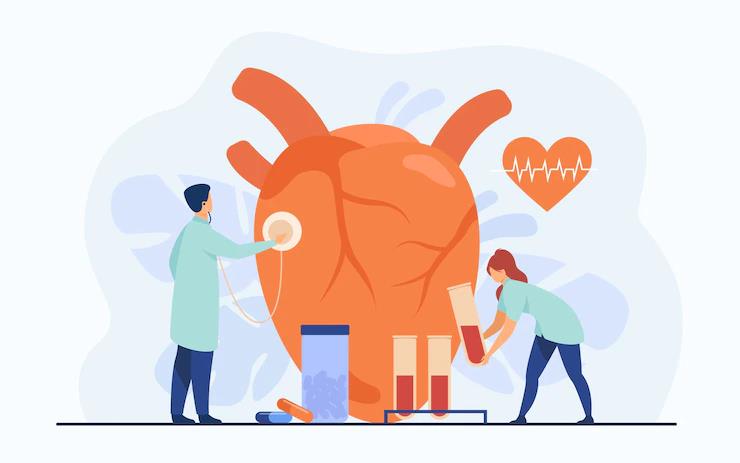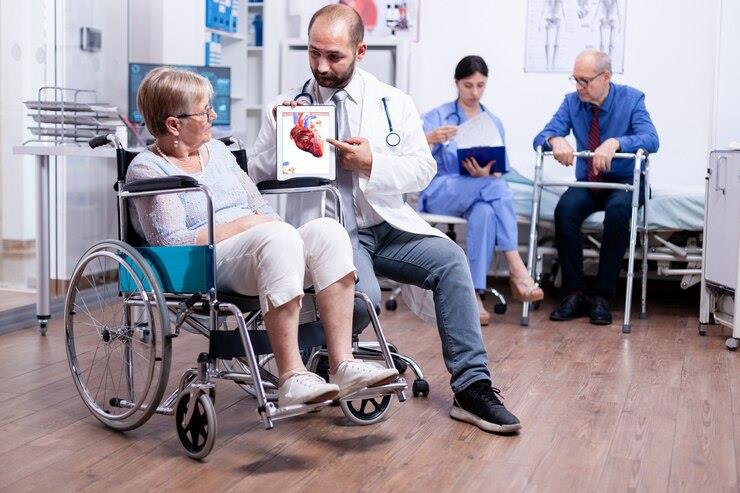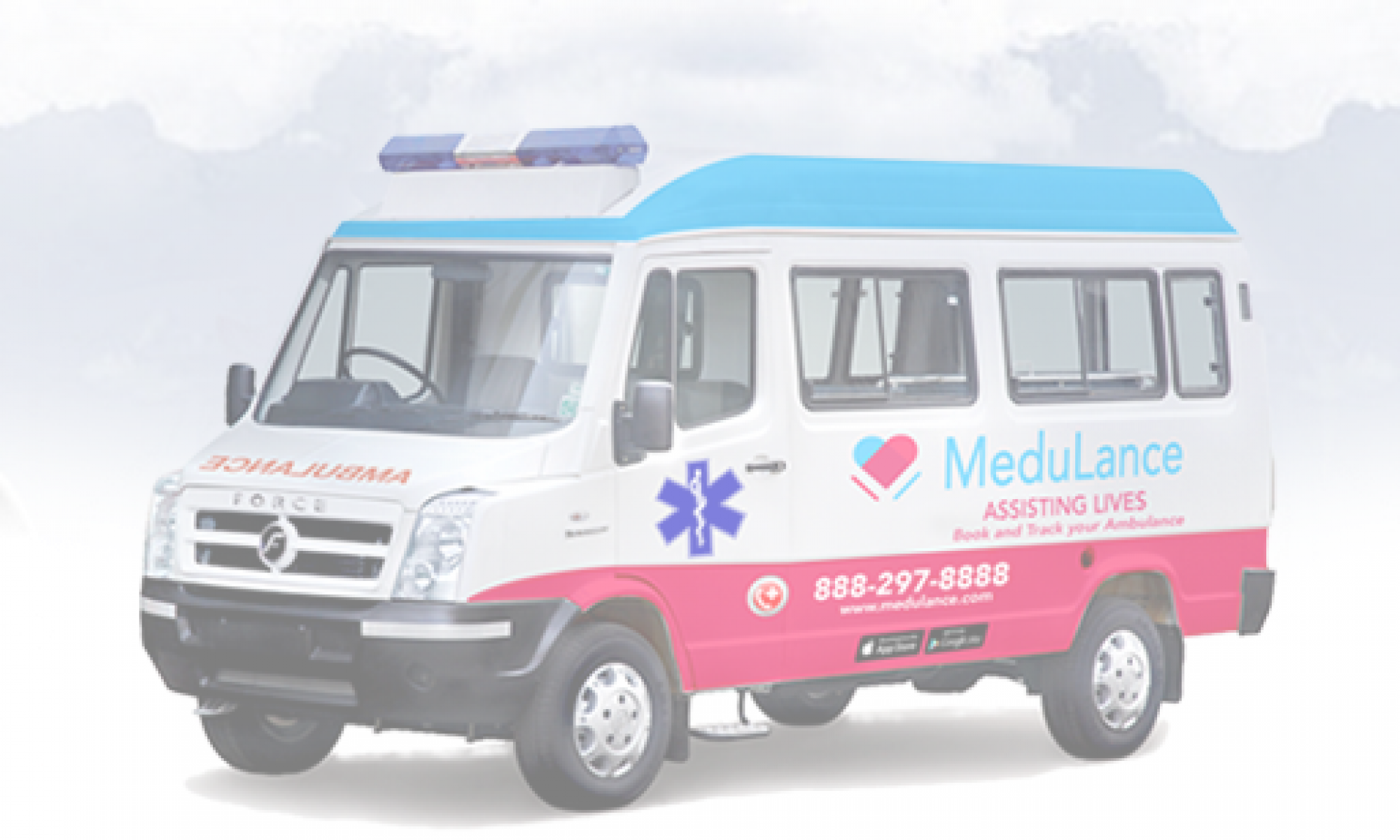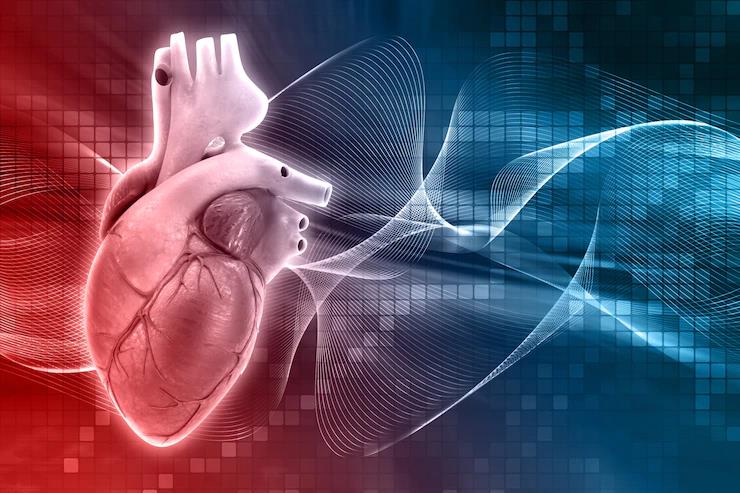When does a heart attack occur?
A heart attack, or Myocardial infarction (MI), occurs when an artery that carries blood and oxygen to the heart is completely blocked. When this happens, the heart muscle cell becomes starved of oxygen and nutrients and the cells begin to die, damaging the heart. The damage can happen within minutes. But it can be lessened if the patient seeks emergency treatment right away. This happens because plaque (made up of fat, cholesterol, and other substances) narrows the arteries carrying oxygen-rich blood to the heart. This slow process is known as atherosclerosis. When a plaque in a heart artery breaks, a blood clot forms around the plaque. This blood clot can block the blood flow to the heart muscle. When the heart muscle is starved of oxygen and nutrients, it is called ischemia. Ischemia causes damage to the heart muscle which is eventually called a heart attack or myocardial infarction (MI).
Common myths attached to heart attack:
- Heart failure means stopping the heartbeat
- Every Chest pain is a heart attack
- No cholesterol problems until you’re middle-aged
- Heart failure and heart attacks are one and the same
Common warning signs of a heart attack:
Don’t wait to get help if you experience any of these heart attack warning signs. Symptoms of a heart attack can vary from person to person. Although some heart attacks are sudden and intense, most start slowly, with mild pain or discomfort. Pay attention to your body — and asked the nearby person to book an ambulance for immediate help. Here are some of the commonly observed signs of a heart attack:
- Most heart attacks involve discomfort in the chest that lasts more than a few minutes, or that goes away and comes back. It can feel like pressure, squeezing, or fullness.
- The pain is most often in the center of the chest. It may also be felt in the upper body such as the neck, lower jaw, back, arms (especially the right one), and upper abdomen.
- Shortness of breath with or without chest discomfort.
- Cold Sweating, Nausea, or vomiting
- Dizziness or lightheadedness
- Changes in mental status, weakness, or fatigue, especially in older adults. (Most common in women)
First-aid first:
If you find any of the above symptoms in someone near you, call medulance immediately for easier and faster transportation to the hospital. Using simple location-based mapping, medulance seeks to provide you with quality ambulance services in Delhi that are easier, faster, and quicker than anyone else. Meanwhile, follow the below-mentioned steps as a part of the first aid:
- Make sure the person is in a comfortable position (sitting down on the floor, leaning against a wall or chair), and try to keep calm.
- Loosen up any tight clothing of the patient.
- Try to ask if the person is on any medication for chest pains, such as nitroglycerin, for a known heart condition, and help them take it.

Heart Attack recovery process:
While the majority of people survive their first heart attack, there are some essential lifestyle changes that one should adopt. Here are some common treatments and practices you should follow during the recovery stage apart from medications:
- Treatments for heart attack patients include medications, lifestyle changes and, in some cases, surgical procedures.
- Rest is important after a heart attack, but it’s just as important for you to participate in recreation and begin making physical exercise a part of your daily routine. A good night’s rest is especially important for heart attack patients. Proper and timely rest becomes important for heart patients.
- Once you’ve had a heart attack, you’re at higher risk for another one. If you’re having any chest pains, visit your doctor.
- There are exercises and medications that can help ease or prevent the pain.
- Avoid eating tobacco, and smoking
- Ensure regular physical activity and good nutrition for a healthy heart.

A healthy diet, and making changes in your lifestyle would work in longevity and are some of the most important things you can do to prevent heart attack and heart disease.

